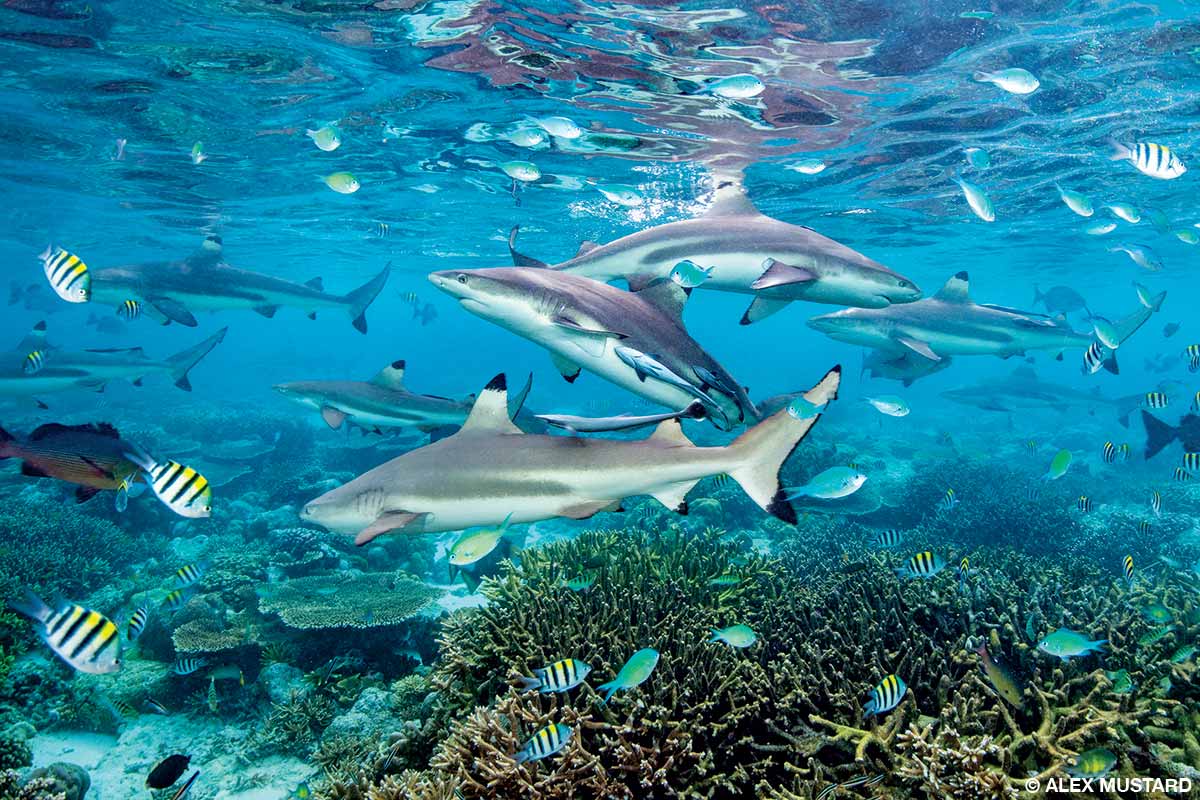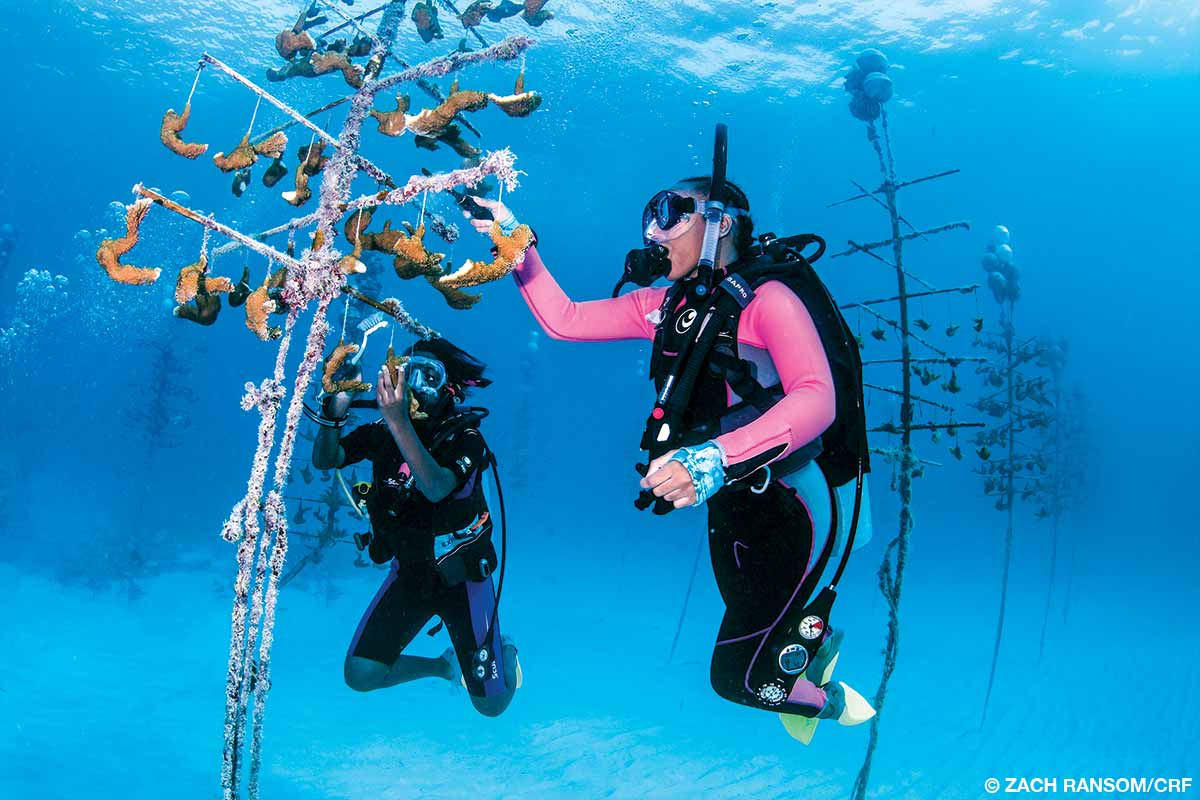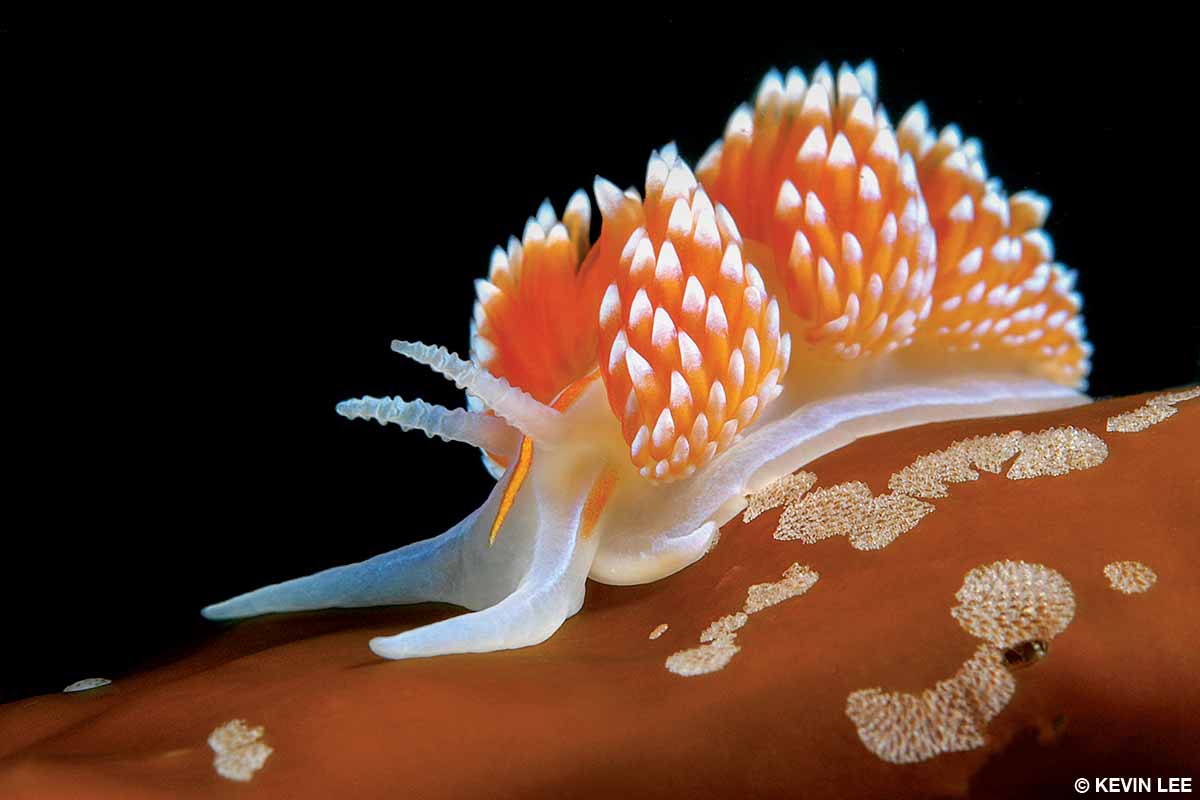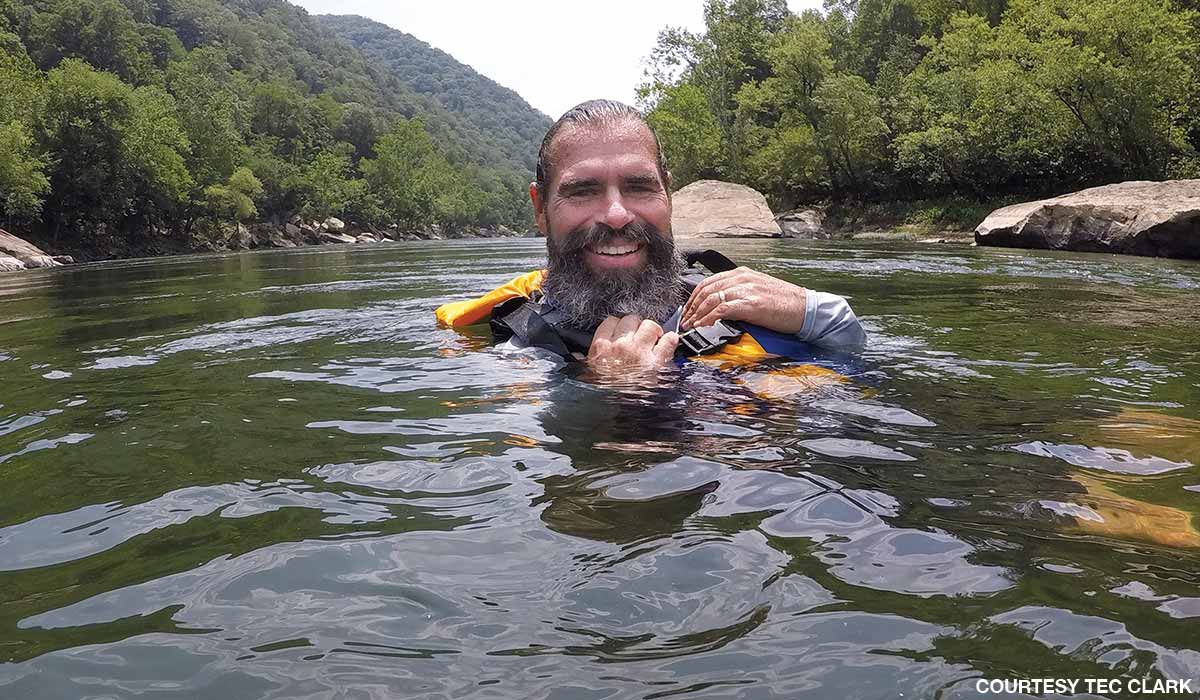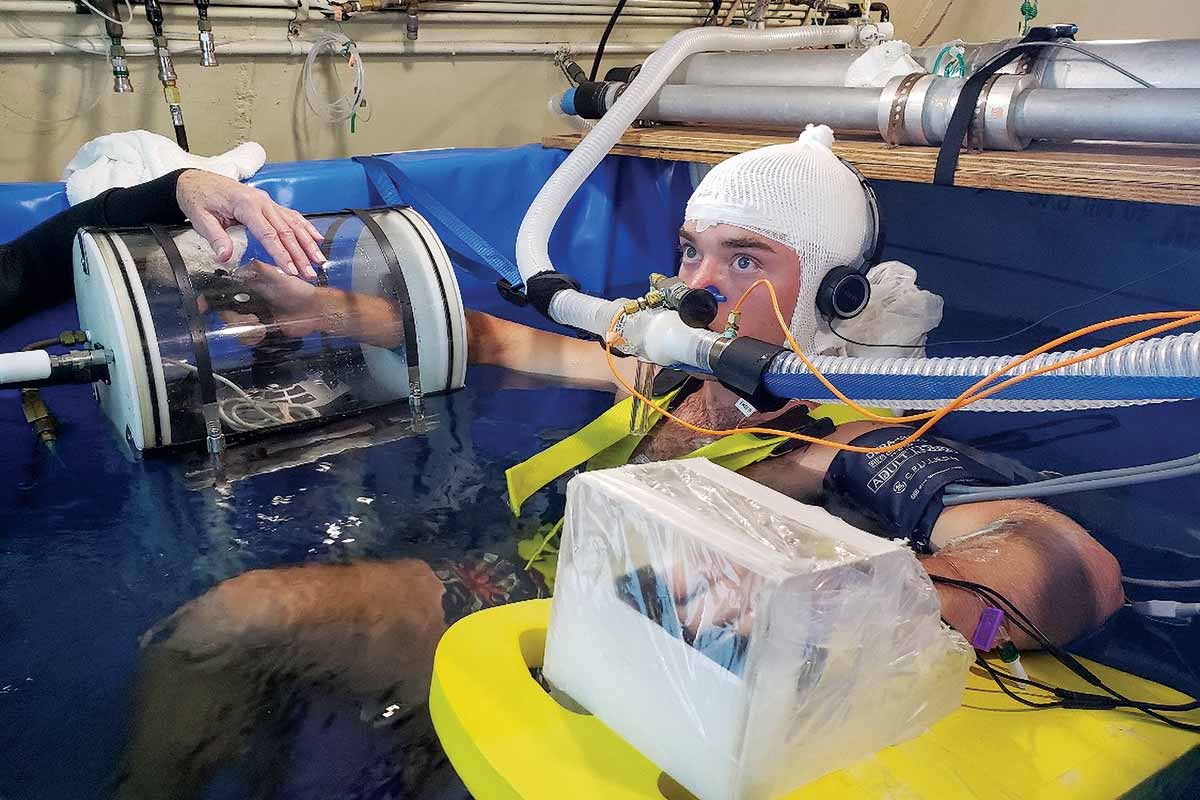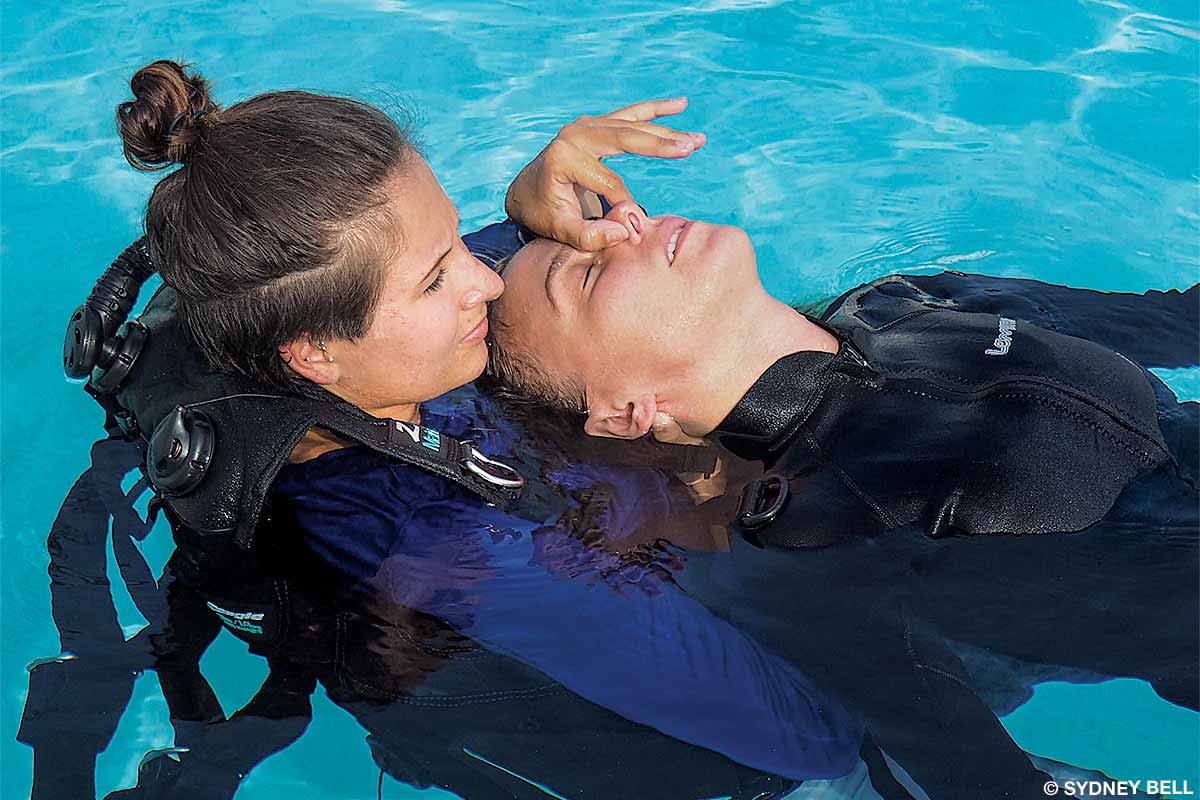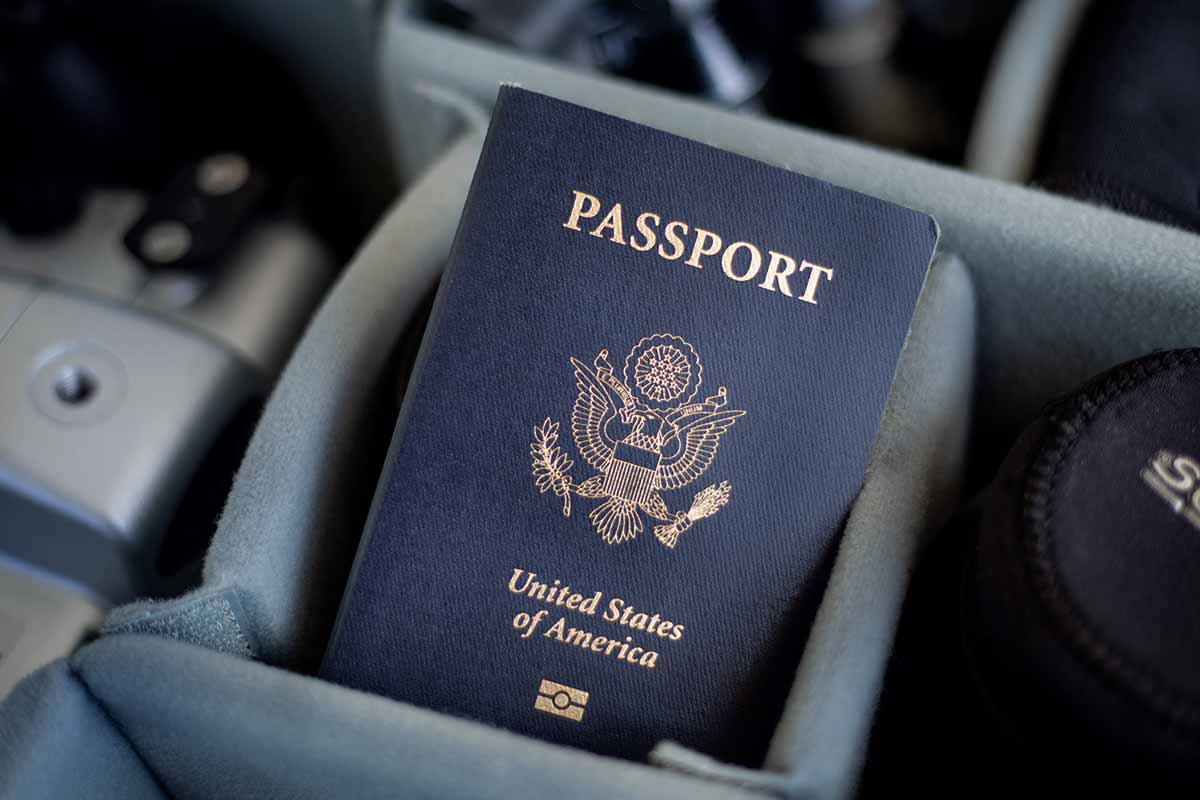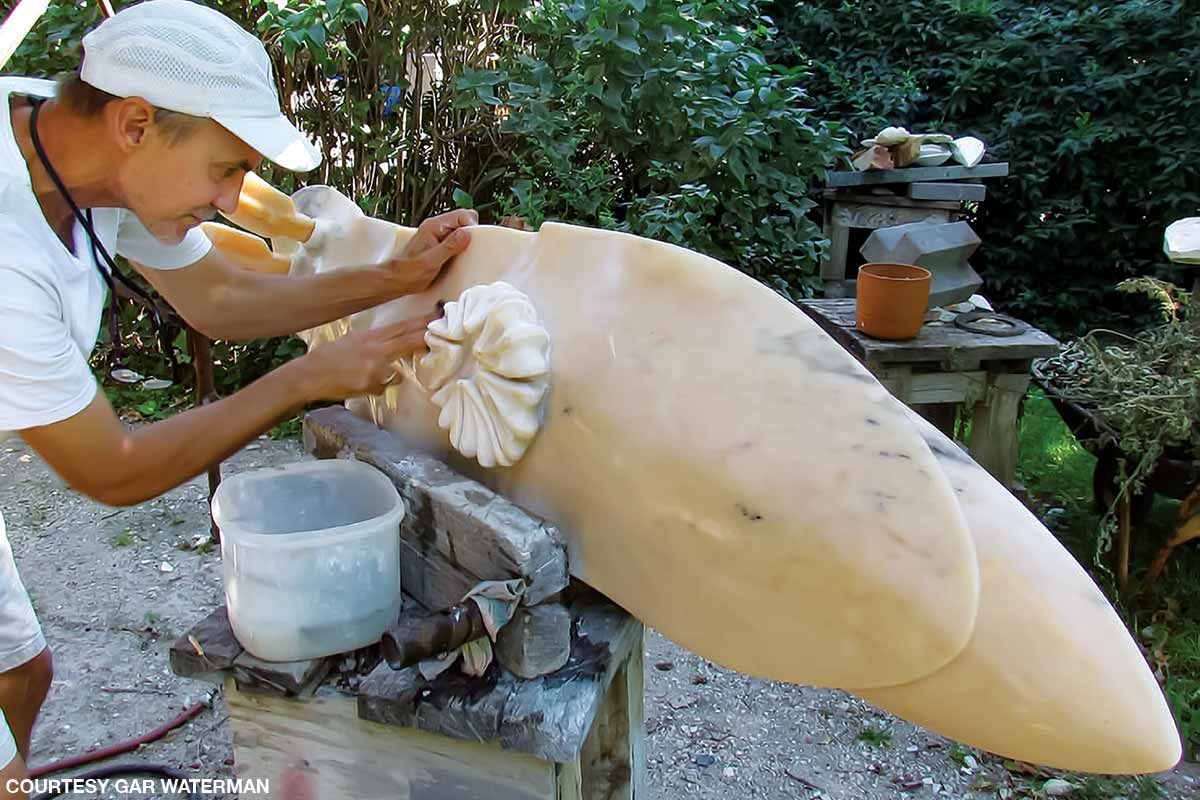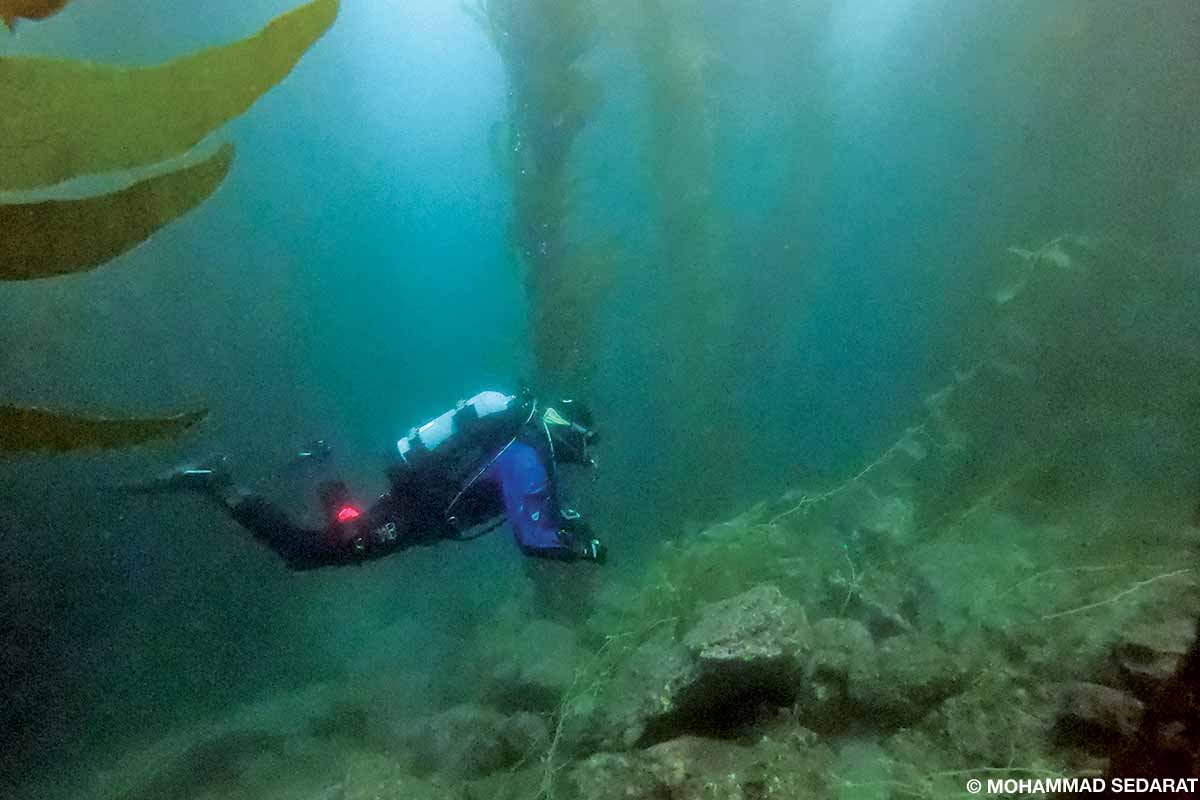For the founders of three of Indonesia’s dive resorts, the mission was clear: Protect the region’s natural resources by providing economic, educational and environmental benefits while empowering residents to participate in the process. These visionaries blazed a path for a “blue economy” — ensuring sustainable use of ocean resources while promoting economic growth and improved livelihoods for the people who live there.
Ocean literacy is important for the public to make informed decisions about ocean restoration efforts and to take increased individual responsibility in those efforts. Younger generations are crucial for developing an ocean literate society, but adequate ocean science education is a challenge for underserved and underfunded schools. Informal educational opportunities run by the Black Girls Dive Foundation (BGDF) fill the knowledge gap and are a resource for environmentally minded students.
At the Maritime Aquarium in Norwalk, Connecticut, nudibranchs have become storytellers for an issue facing our oceans that is difficult to understand yet imperative to know about: global climate change. The aquarium has taken a unique approach to educate the public on this global threat. Their new exhibit, A Slug’s Life: Facing the Climate Endgame, showcases the adored mollusk and runs through Sept. 6, 2021. The exhibit’s specific intent is to help guests understand the warnings that changing slug populations provide about the health of their habitats.
Dive legend Tec Clark has built a memorable career and legacy around training excellent divers. He describes his underwater experiences as “absolutely worshipful” and “otherworldly.” It’s the place where he feels closer to God than anywhere else on Earth. Helping others safely and professionally experience this same life-changing magic is his focus. Clark summed up the philosophy behind all his advice to new dive professionals: “Great training is the key to great diving. Don’t cut corners. Offer excellent training. Go beyond the standard.”
More than 100 interns over 20 years have participated in DAN’s internship programs, working with established mentors in research, risk mitigation or medicine to gain knowledge and valuable professional experience while contributing to DAN operations. This year five interns traveled to Durham, North Carolina, to participate in the program.
You are on the boat after a great dive when a buddy team surfaces, and one of them calls out for help. The boat crew helps get the distressed diver on board. Would you know what to do next? Whatever your level of dive training, or even if you are a nondiver dealing with an incident on land, DAN’s first aid training can help you know what to do and how to do it.
The required skills in a rescue scenario — which involved a surface swim while providing rescue breaths and removing dive gear from the victim and rescuer — were not coming easily, especially if my dive buddy was larger than me. Techniques for rescue diving seemed suited for people with a different body type and skill set — at 5 feet, 4 inches tall, I am a petite woman. Practicing rescues was challenging at best and near-impossible at worst until a course director taught me techniques and modifications that made rescuing more accessible.
It’s been more than a year since many divers have traveled internationally and visited beloved or new dive destinations. Although it is unclear when and which international destinations will be fully accessible, it’s important to stay proactive about important travel documentation preparation.
Known for their striking colors, patterns and forms, nudibranchs are found in seas all over the world. Sculptor Gar Waterman’s fascination with these sea slugs extends beyond his aesthetic appreciation for their unique, organic form. Because most nudibranchs have a life span of less than a year and adapt rapidly to changes in their environment, they help scientists understand the impact of global warming on ocean health. With each nudibranch that he has cut, chiseled and polished from stone, Waterman hopes to communicate their quirky beauty and scientific role.
Octopuses hole up in small dens, are quite excellent at camouflage and are most active at night, so not all divers have seen one on a dive. But biologist Matthew Birk, who studies octopuses, felt that never having seen one in the wild was a blemish on his career and sought to remedy the situation on a trip to Santa Catalina Island off Southern California.
